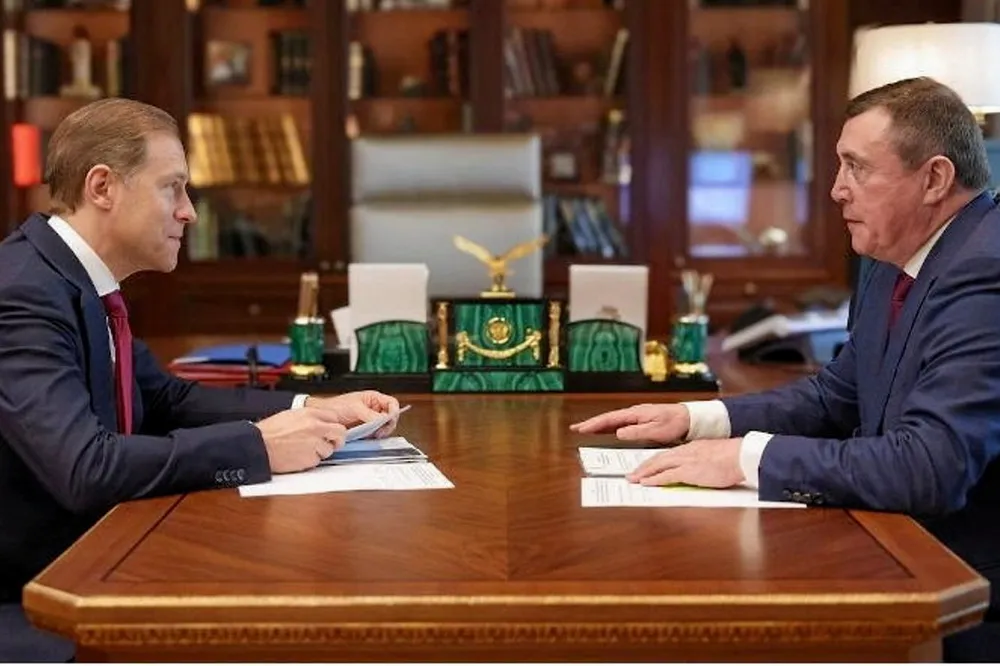Russia aims to have its first 'experimental' green hydrogen project up and running by June
Tiny scheme on island of Sakhalin is already taking delivery of equipment — and has the blessing of Vladimir Putin

Tiny scheme on island of Sakhalin is already taking delivery of equipment — and has the blessing of Vladimir Putin
